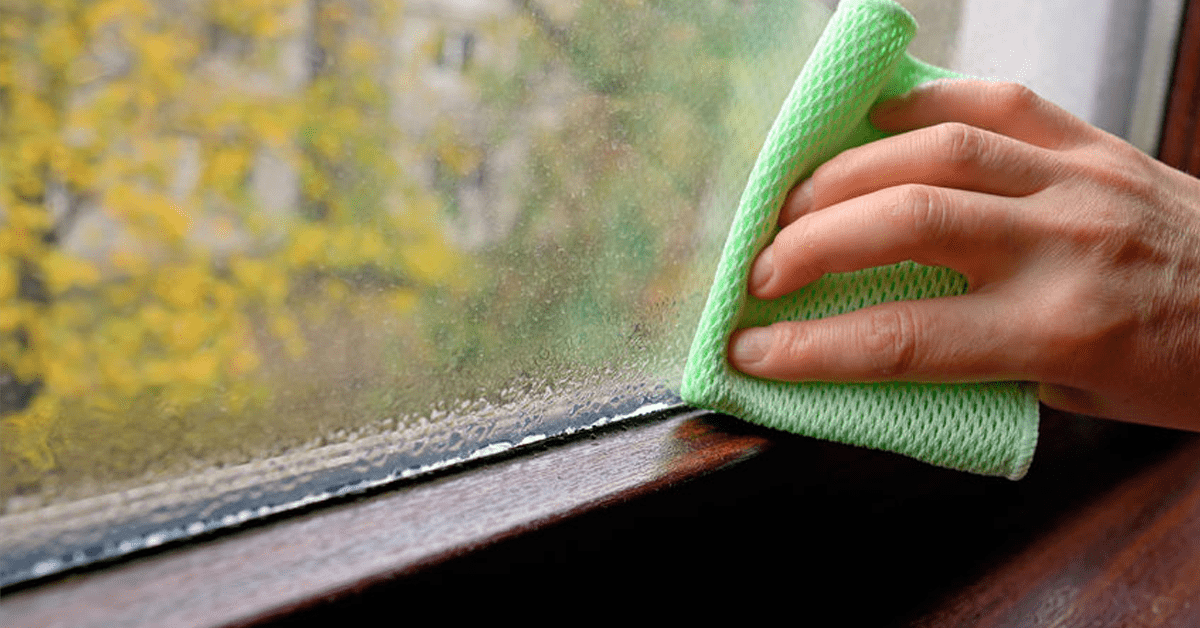Moisture Problems in Winter
We regularly get calls during winter months about water dripping from smoke detectors, light fixtures, bathroom exhaust fans, or moisture stains on the ceiling. Some also report moisture in their attic – damp insulation, or frost buildup on roof sheathing.
Our first response is always “what do you have your humidifier set at?”. And it usually surprises people!
Humidifiers & Household Moisture
In cold climate states, like Illinois, subfreezing temperatures can lead to dry, chapped, or itching skin, nasal congestion, dry cough, and other discomforts like static electricity. A humidifier can dramatically reduce indoor air dryness by adding moisture to the air. But too much moisture can lead to big problems.
Signs of Excess Indoor Humidity
One sure signs of excess indoor humidity include moisture condensation on multiple windows. If you are noticing condensation on more than one window, typically near the bottom, it is near certain your humidifier is set too high for your household and very likely you have moisture buildup in your attic too.
Humidity Related Moisture Problems
Excess moisture can rise into your attic space and condense on the roof sheathing, settle on insulation, and lead to mildew and mold growth in your attic. Over time moisture can damage the wood fibers that support your roof, weakening your roof structure. Wet insulation can no longer provide the proper level of insulation, and mold growth can lead to health problems particularly for occupants with allergies, asthma, and compromised immunity conditions.
Recommended Humidity Levels
You should not set your humidistat based on outdoor temperature or humidity levels. Keep in mind, during winter months when doors and windows are kept shut, activities like cooking, bathing, laundry, and cleaning can contribute to indoor air moisture levels which can vary depending on the size and activity of your household. Rule-of-thumb, in an average size family home, occupants can generate 22 pints of moisture per person, per day.
This past year, due to COVID 19 many homeowners are working from home, kids are also home due to remote classrooms. This added activity in your home can result in increased moisture levels.
The right humidity level will vary by household, but it should never be set to exceed 25 percent, even if the manufacturer settings suggest otherwise.
Click here to read more on controlling household moisture from the EPA>
Proper Attic Ventilation
Attic moisture problems can also be due to improper attic ventilation. Every attic should have intake and exhaust ventilation to allow proper airflow. Click here to learn more about the roof and attic ventilation>
The Attic Experts
We are an insulation and attic ventilation company serving Illinois residents for 25 years. We offer free onsite attic inspections. Have a problem? Call us at 630.941.3800

